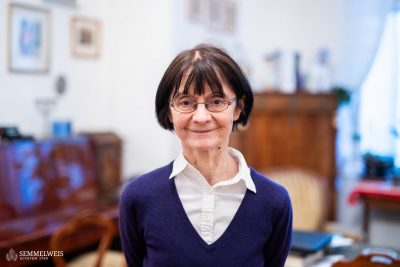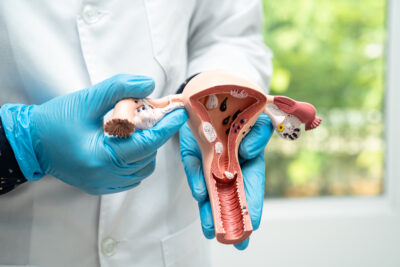Parasomnias are frequent sleep disorders, carrying the risk of injuries. Many sleep activities are harmless; however, violence and even murder performed during sleep have been previously described in the literature, raising issues of accountability.
Researchers from Semmelweis University in Budapest, Hungary, searched YouTube between January and July 2022, using the terms “sleepwalking”, “somnambulism”, “sleep eating”, “sleep sex”, “sleep talking”, and “aggression in sleep” in English, French, German, Hungarian, Portuguese, and Russian.
After an initial 758 results, the Hungarian researchers selected 224 videos (102 women, 68 children, 16 adults, and 40 elderly people) likely consistent with parasomnias to analyse whether there are differences between age and gender groups regarding sleep-related behaviours.
The researchers set up two sexes (male/female) and three age groups (child or adolescent ≤ 17 years; adult between 18 and 55 years; and elderly ≥ 56 years).
They found that elderly people had significantly lower odds of sleepwalking compared to adults and children.
Compared to children or elderly, younger adults had significantly higher odds of performing complex manual activities during sleepwalking, e.g., handling electricity or kitchen tools, and females had more than double the odds of those behaviours compared to males.
More hazardous behaviours, such as leaving the house or driving while sleepwalking, were also significantly lower in the elderly than in the younger generation.
 “Sitting up, getting out of bed, and walking around are typical in the so-called non-rapid eye movement (NREM) parasomnias, which mostly happen in the deep sleep stage of the sleeping cycle. In this case, the person straddles between sleep and wakefulness. That may sometimes be associated with handling sharp objects, leaving home or driving. The half-sleeping person may eat or even perform sex,” – explains Vivian Correa, a PhD Student at Semmelweis University’s Institute of Behavioural Sciences and the first author of a study published in the Journal of Clinical Neuroscience, which highlights the importance of risk management in parasomnias.
“Sitting up, getting out of bed, and walking around are typical in the so-called non-rapid eye movement (NREM) parasomnias, which mostly happen in the deep sleep stage of the sleeping cycle. In this case, the person straddles between sleep and wakefulness. That may sometimes be associated with handling sharp objects, leaving home or driving. The half-sleeping person may eat or even perform sex,” – explains Vivian Correa, a PhD Student at Semmelweis University’s Institute of Behavioural Sciences and the first author of a study published in the Journal of Clinical Neuroscience, which highlights the importance of risk management in parasomnias.
Another type of parasomnia (REM sleep behaviour disorder) occurs in the so-called rapid eye movement stage of sleeping, allowing the patients to enact their dreams, sometimes causing injuries to the affected person or bed partner. In the Semmelweis study, elderly males had 40-fold odds, compared to adults and children, to perform aggressive movements and 70-fold odds of complex movements in bed, compared to younger adults.
 According to the literature, sleep disorders affect 10-15% of children. However, most of them grow out of it, and it is less common in adulthood (3-4%) and even rarer in old age.
According to the literature, sleep disorders affect 10-15% of children. However, most of them grow out of it, and it is less common in adulthood (3-4%) and even rarer in old age.
“Our findings are consistent with parasomnias across age and sex groups, and it can help improve risk management. Elderly people have a low risk of sleepwalking, indicating a different mechanism than in children. At the same time, there is a male dominance of aggressive behaviours likely consistent with REM sleep behaviour disorder; and middle-aged females have remarkably high odds of complex, risky activities during sleep, both requiring explanation and further research,” – says Anna Szűcs, a neurologist and psychiatrist at the Institute of Behavioural Sciences.
Most patients seek medical attention only after challenging or traumatic sleep episodes – the experts say. However, identifying age- and sex-related risk factors, could help prevent these distressing experiences. Sometimes, melatonin, benzodiazepines and antiepileptic tablets may help, and patients themselves also play a role in their well-being by having enough sleep with the same bedtime, and trying to avoid stress and anxiety as sleep deprivation can worsen the symptoms.
Photo: Balint Barta – Semmelweis Universiy; iStock by Getty Images – eugenekeebler (illustration)


